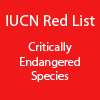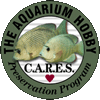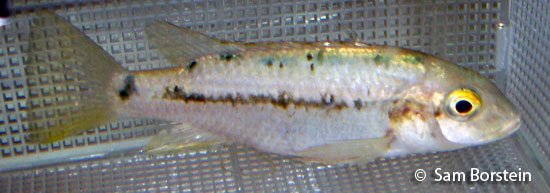Konia eisentrauti
(Trewavas, 1962)



Above: Konia eisentrauti. Photo by Sam Borstein.
Etymology:
Genus- Konia= ash or sand (Greek).
Species- eisentrauti= named after Eisentraut.
Intro:
Konia eisentrauti is a critically endangered fish from the Cameroon crater lake Lake Barombi Mbo. This fish, first typed in 1962 by Trewavas, is similar to an Oreochromis or Sarotherodon and is a biparental mouthbrooder. The picture above is about as colorful as this fish gets. What it lacks in color, this peaceful fish makes up in feeding and breeding behavior.
Distribution:
Konia eisentrauti is endemic to the Cameroon crater lake Lake Barombi Mbo. This is a very tiny lake that faces various environmental pressures. Because the fish is endemic to this tiny, fragile lake, it is listed as critically endangered by the IUCN. Little is known about this species ecology.
Size, Maturity, and Sexual Dimorphism:
Size: Males- 7 inches, Females- 6 inches
Maturity: 4 inches
Sexual Dimorphism: Males are larger than females.
Care:
This fish is very easy to keep. They tend to be shy and peaceful. They should be put in a larger tank because they do like their swimming room. The tank should be decorated with a good amount of hiding places.
As far as tank mates, they can be put with almost anything as long as it is not overly aggressive. One should be cautious when putting this species with other cichlids from the lake as they can hybridize easily. Only species that look fairly different like Stomatepia should be used.
Diet:
In the wild Konia eisentrauti seems to be an opportunistic feeder. It has been known to feed off insect larvae and algae. Lake Barombi Mbo is known for its seasonal plankton booms and feeding on such plankton is common with almost all the fish found in Lake Barombi Mbo (Lamboj, 2004).
In aquaria Konia eisentrauti is not hard to feed. It will accept almost any food and really likes baby brine shrimp and daphnia which it will suck out of the water column.
Breeding:
Konia eisentrauti is relatively easy to breed. The key is conditioning the females, which can be difficult. The males are non-aggressive towards females not in breeding condition, which makes conditioning females an easier task.
What is cool about this fish is that it is a biparental mouthbrooder. Both male and female hold the eggs. Females are better holders than males, but neither is very good at holding in my experience compared to other mouthbrooders. I recommend you strip the fish and artificially hatch the eggs.
The eggs are large and take about 22-26 days to become free swimming. The fry are large and can be fed crushed flake or baby brine shrimp right away. Growth is rapid and raising the fry is simple.
Conclusion:
This is a hobbyist fish. That is all there is to it. It is interesting, but not many people want to keep a fish like this. You will not find this fish in a pet shop and probably will need to find a specialty breeder or importer if you really want them.
References:
- IUCN. IUCN Red List of Threatened Species. <http://www.iucnredlist.org>.
- Lamboj, A. (2004). The Cichlid Fishes of Western Africa. Bergit Schmettkamp Verlag, Bornheim, Germany, 255 pp.
